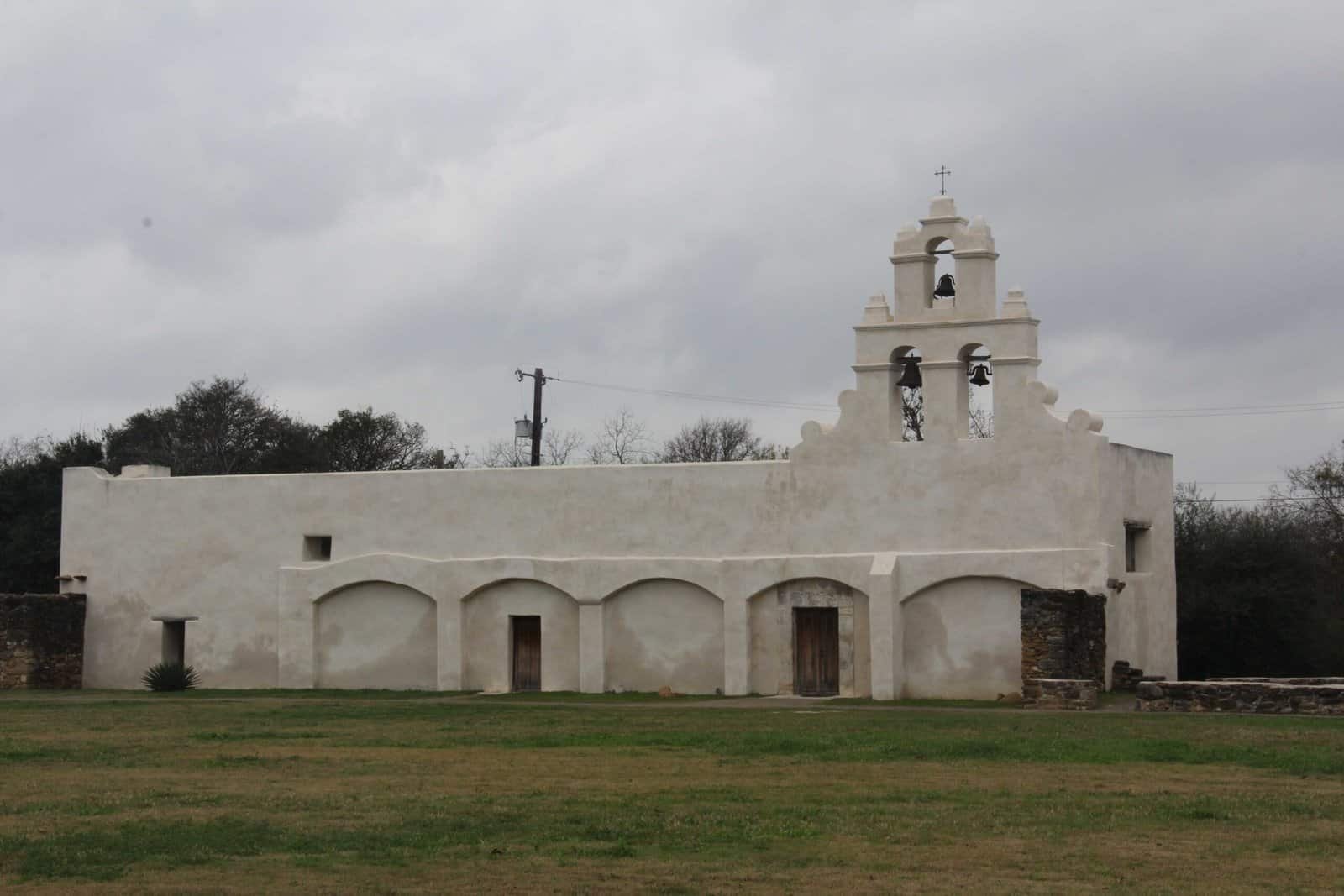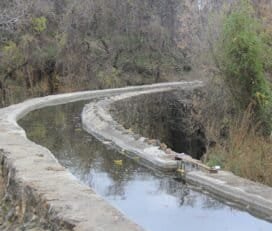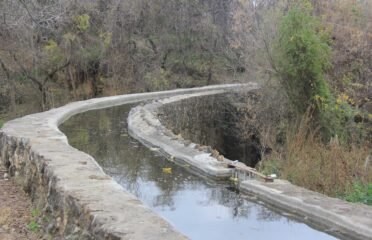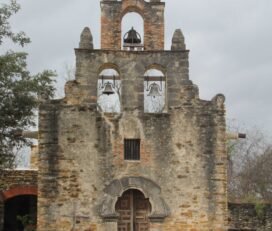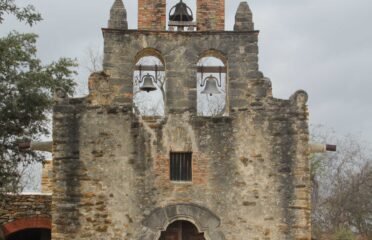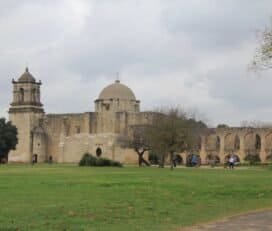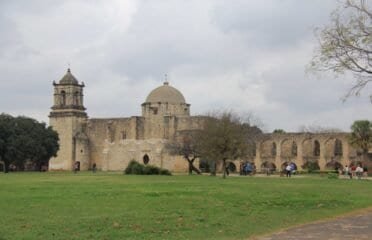Mission San Juan Capistrano – San Antonio, Texas
Overview
Mission San Juan Capistrano is one of the five historic Spanish missions that make up the San Antonio Missions National Historical Park, a UNESCO World Heritage Site. Founded in 1731, the mission sits along the San Antonio River and was originally established to convert local Coahuiltecan peoples to Christianity and Spanish colonial life. While smaller and less ornate than Mission San José or Mission Concepción, San Juan Capistrano played an important role as an agricultural hub, with fertile farmlands and an elaborate irrigation system. Today, its peaceful grounds, restored church, and cultural significance make it a memorable stop on the San Antonio Mission Trail.
Why Visit
- Explore a mission known for its agricultural history and fertile farmlands
- See the beautifully restored whitewashed church and convento
- Learn about the mission’s role in early irrigation and farming in Texas
- Experience a quieter, more contemplative setting than the larger missions
- Enjoy birdwatching and nature along the San Antonio River
Highlights
- Mission Church: A simple yet elegant whitewashed structure still used for services
- Convento Ruins: Remains of the friars’ living quarters
- Irrigation System: Part of the San Antonio missions’ World Heritage–listed acequia network
- Nature Trails: Scenic walks along the river and through mission farmlands
History & Cultural Significance
Founded in East Texas in 1716 and relocated to San Antonio in 1731, Mission San Juan Capistrano became a thriving agricultural community. The mission lands produced fruits, vegetables, and grains, supporting both the mission’s residents and nearby settlements. It was also known for its livestock herds and trade goods. The irrigation acequia built here is part of a system that remains functional today, showcasing the engineering skills of Spanish colonists and Native peoples. Though the mission declined after secularization in the 19th century, preservation efforts have ensured that San Juan Capistrano remains an important piece of Texas history.
Typical Costs & Tickets
Admission to Mission San Juan Capistrano is free, as it is part of the San Antonio Missions National Historical Park. Ranger-led tours are available at no cost, and donations are welcome to support conservation and interpretation programs.
Best Time to Visit
The mission is open year-round, with mornings offering cooler temperatures and fewer visitors. Spring and fall provide the most comfortable weather for exploring the grounds. Weekdays are generally quieter, giving you space to reflect and enjoy the tranquil atmosphere.
Nearby Experiences
Mission San Juan Capistrano is located just south of Mission San José and is connected by the Mission Reach of the San Antonio River Walk, which links all five missions. Nearby, you can visit Espada Aqueduct — an 18th-century stone structure still in use — or explore the nature trails that pass through wetlands and farmland restored as part of the park’s conservation efforts.
Travel Tips
- Bring water and sun protection, especially if walking between missions
- Wear comfortable shoes for walking trails along the river
- Check for ranger-led talks on the mission’s farming and irrigation history
- Photography is allowed, but be respectful during religious services
- Plan at least 30–45 minutes to explore the grounds and church
Fun Facts & Local Legends
- The mission’s acequia irrigation system is one of the oldest in the United States and still carries water
- San Juan once had herds of thousands of sheep and cattle, supplying the region with food and trade goods
- The mission’s church still serves an active parish community today
- It is sometimes referred to as “the mission of the fields” due to its agricultural focus


